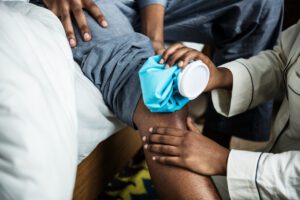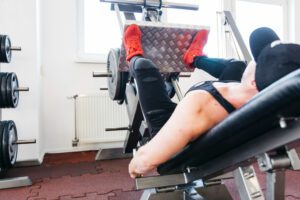Rehabilitation and Recovery Protocols: Your Roadmap to Healing

When it comes to bouncing back from an injury, surgery, or intense physical stress, time alone isn’t enough — it’s the right plan that makes the difference. Rehabilitation and recovery protocols provide a structured approach to help the body heal, restore function, and prevent future setbacks.
Let’s break down what these protocols are, why they matter, and how you can follow them effectively.
What Are Rehabilitation and Recovery Protocols?
These are carefully designed, step-by-step programs created to guide the healing process. They’re often tailored by healthcare or fitness professionals to address specific conditions — from a sprained ankle to post-operative care.
A good protocol typically includes:
-
Physical therapy exercises to restore mobility and strength.
-
Gradual activity progression to avoid re-injury.
-
Nutritional support to speed up tissue repair.
-
Lifestyle modifications to promote optimal recovery.
The Key Stages of Recovery
Acute Phase (Inflammation Control)



Goal: Reduce pain, swelling, and protect the injured area.
Common methods: Rest, ice, compression, elevation (RICE), and gentle range-of-motion movements.
Subacute Phase (Restoration Begins)
Goal: Regain mobility and start rebuilding strength.
Common methods: Low-impact exercises, light resistance training, stretching, and balance work.
Functional Phase (Return to Activity)
Goal: Prepare the body for daily activities or sport-specific movements.
Common methods: Functional strength training, agility drills, and sport-specific exercises.
Maintenance Phase (Prevention)
Goal: Maintain strength, flexibility, and resilience to prevent recurrence.
Common methods: Regular exercise, ongoing mobility work, and healthy lifestyle habits.
Nutrition’s Role in Recovery

Healing is an energy-intensive process. Adequate protein supports muscle repair, vitamins C and D aid in tissue regeneration, and omega-3 fatty acids help reduce inflammation. Staying hydrated also supports joint health and nutrient transport.
The Mental Side of Rehabilitation

Recovery isn’t just physical — it’s mental. Setbacks can be frustrating, so incorporating stress management techniques like mindfulness, meditation, and positive visualization can make a big difference.
Why Following a Protocol Matters
Skipping steps or rushing recovery can lead to chronic pain or re-injury. Protocols ensure:
-
Safe progression without overloading the body.
-
Objective milestones to track improvement.
-
Holistic healing by addressing both physical and mental health.
Bottom Line: Rehabilitation and recovery protocols are not just about getting back on your feet — they’re about coming back stronger, healthier, and more resilient. With the right plan, patience, and mindset, recovery becomes a stepping stone, not a setback.
